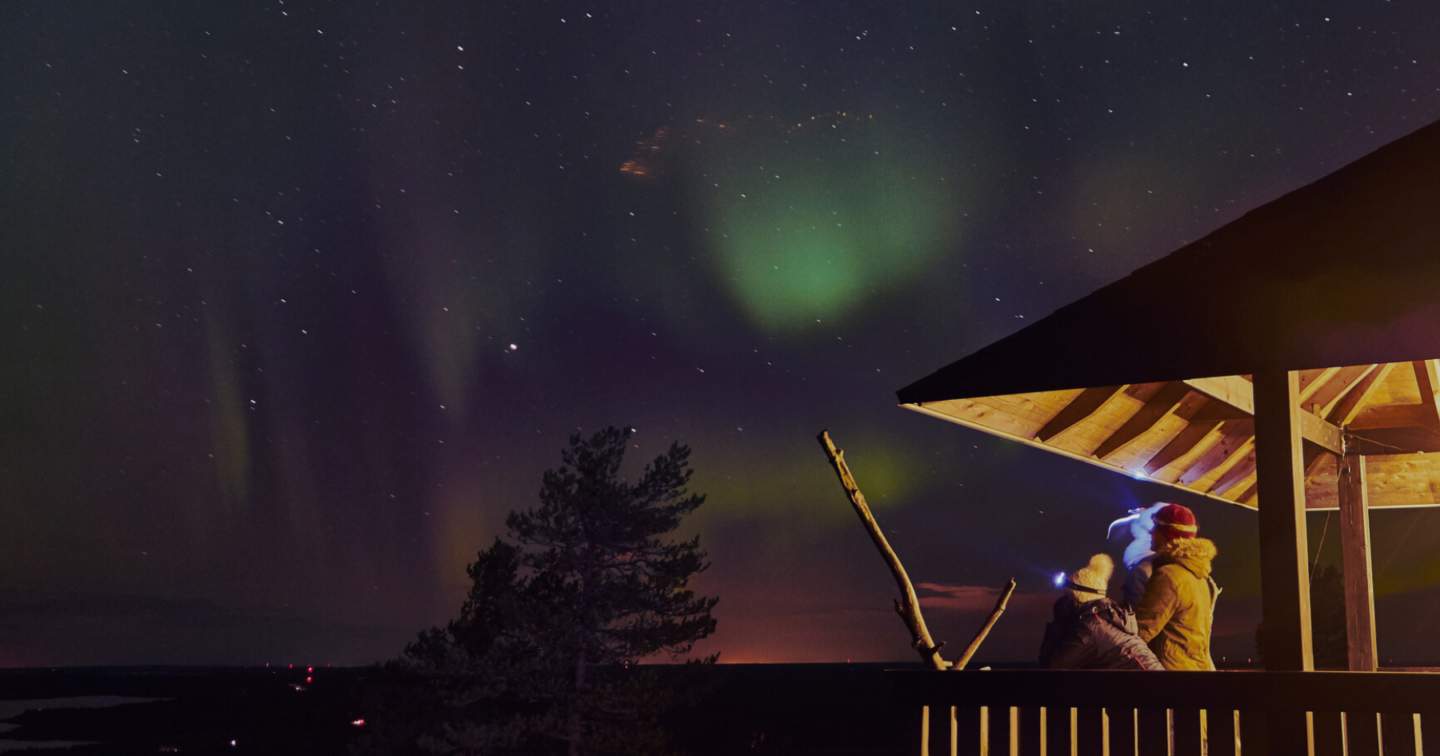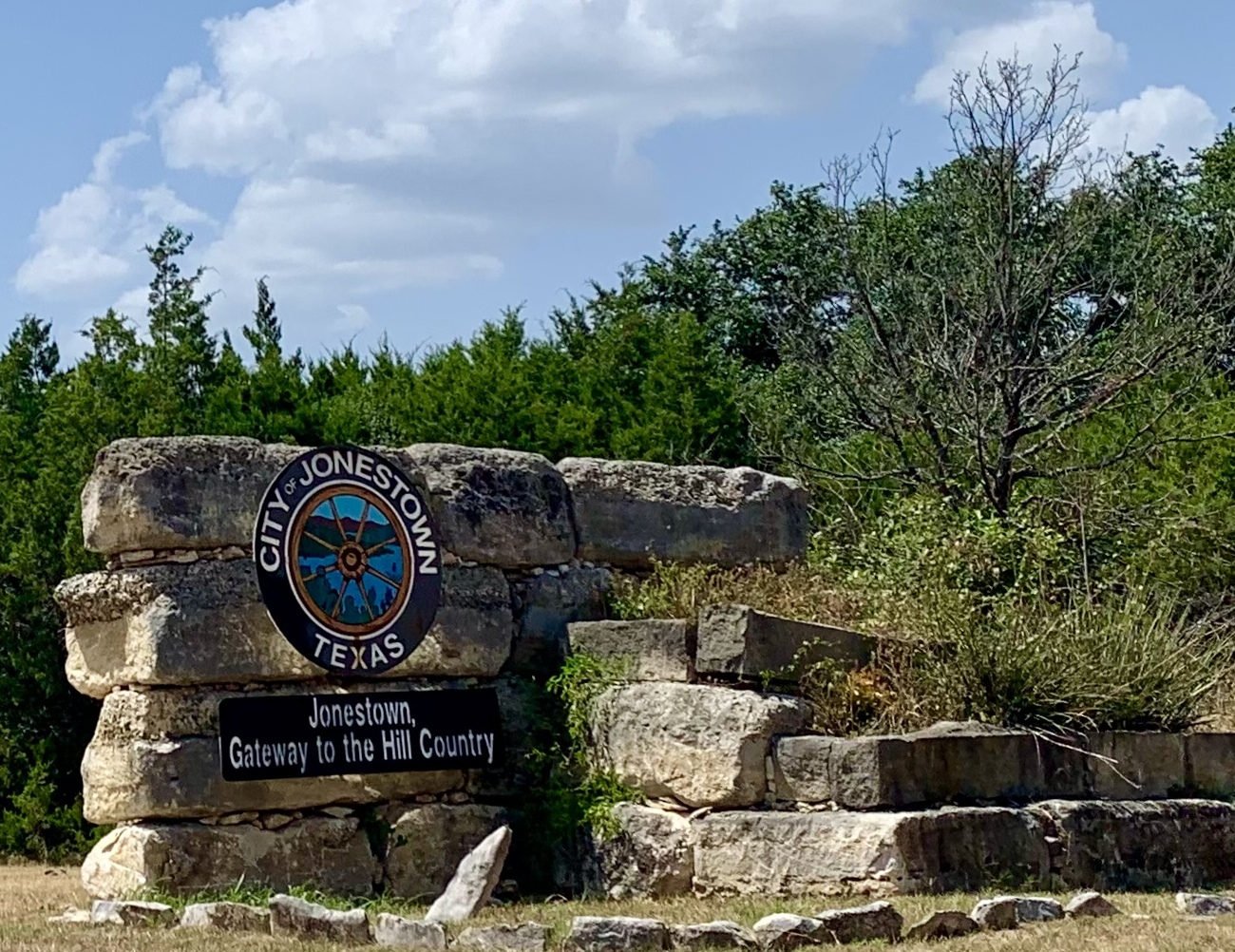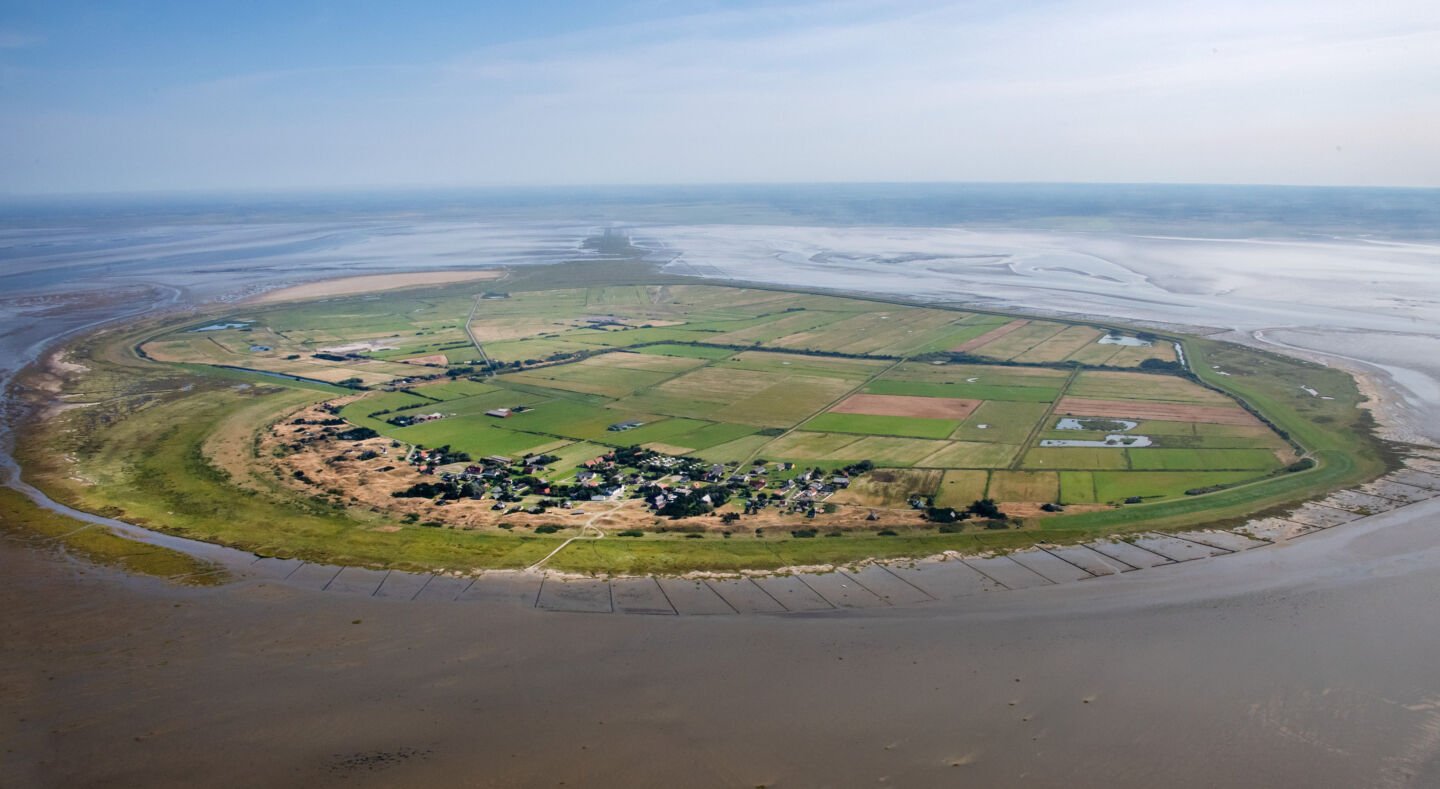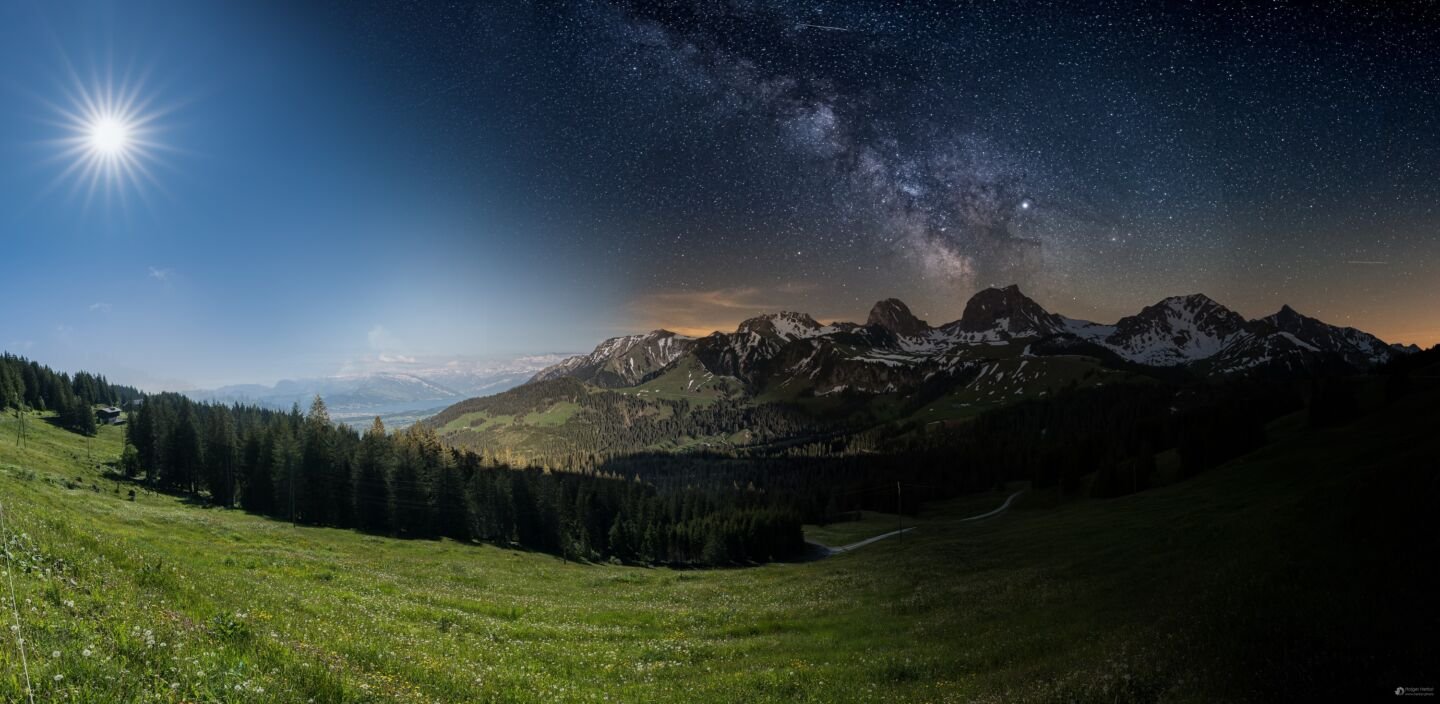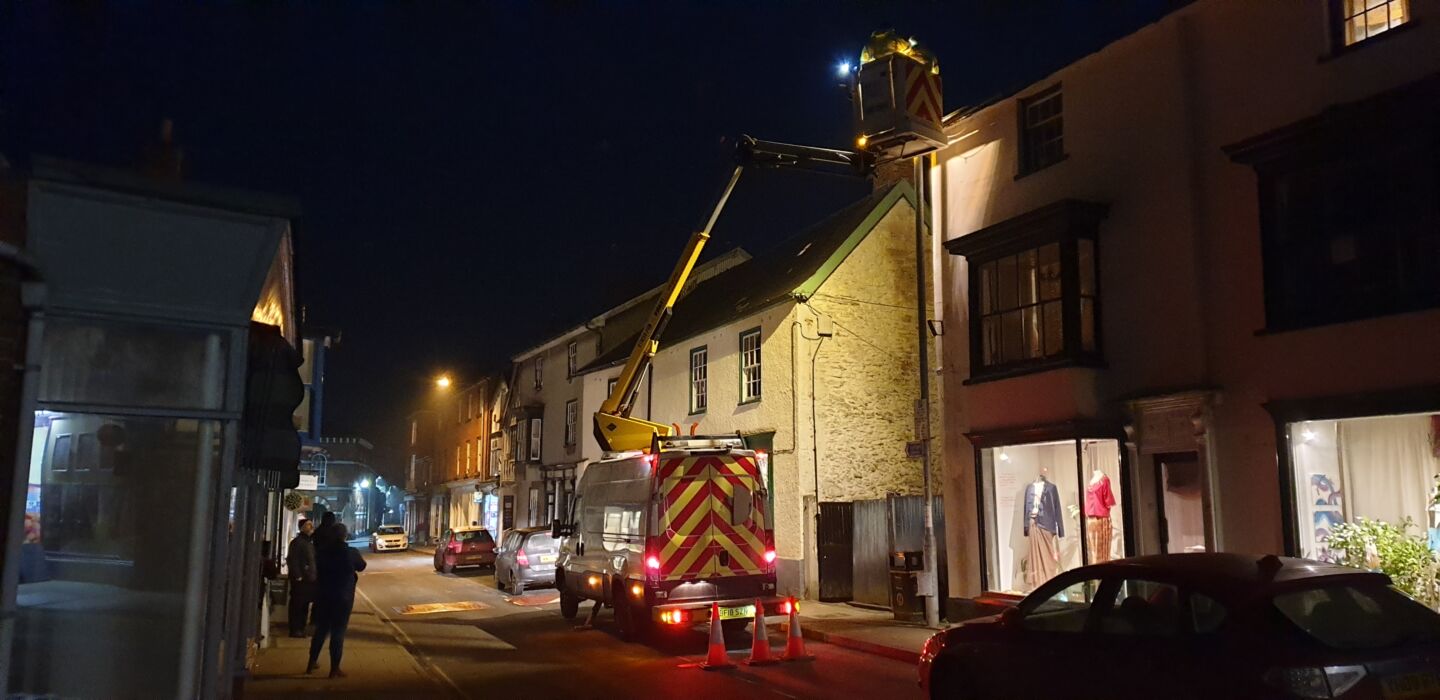
First International Dark Sky Reserve Named In Ireland
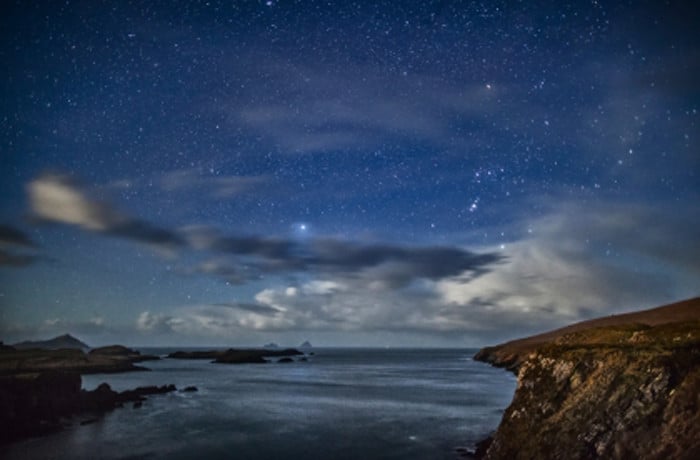
TUCSON, AZ, AND KERRY, IRELAND, 27 January 2014 – The International Dark-Sky Association (IDA) announced today it has named the first International Dark Sky Place in the Republic of Ireland. Kerry International Dark Sky Reserve is the first of its kind in the northern hemisphere awarded “Gold-tier” status, placing it among an elite group of the darkest locations to receive IDA recognition. In designating the Reserve, IDA recognizes the exceptional achievements by local communities to protect and preserve dark night skies over southwest Ireland. The award will be formally presented in a reception at the Ring of Kerry Hotel in Cahersiveen, County Kerry, at 7:30pm GMT tonight.
The new Reserve sits on the Iveragh Peninsula, home to nearly 4,000 residents, and incorporates approximately 270 square miles (700 square km) of territory. While its location between the Kerry Mountains and the Atlantic Ocean provides some natural protection against light pollution, locals became concerned about future regional threats and organized for change.
The IDA designation is the result of a sustained, three-year campaign by the Kerry Dark Sky Group. Organization members dedicated countless hours educating local citizens, civic organizations and municipalities on the importance of dark-sky protection. Their efforts resulted in several towns and villages in County Kerry enacting laws requiring responsible outdoor lighting practices to mitigate light pollution. As an example, the Kerry County Council has committed to replace all public street lighting in the area with efficient, dark-sky friendly light fixtures in 2014.
“The granting of this award will provide new opportunities to enjoy and experience the beauty of South West Kerry’s night sky,” said Julie Ormonde, Chairperson of the Kerry Dark Sky Group and Project Manager of the Reserve. “It will encourage other areas in Kerry, and in Ireland as a whole, to take positive action to protect their own dark-sky areas.”
Ireland’s Long Tradition of Sky Watching
The night sky has captivated the people of Ireland for millennia. Nearly 6,000 years ago, the Neolithic inhabitants of the Iveragh Peninsula built stone monuments incorporating alignments to track cycles of the Sun, Moon, and stars. According to some experts, ancient Ogham-language inscriptions found in the region may depict celestial observations.
The dark skies over southwest Ireland trace back to a difficult time in Irish history – the mid- 19th century Great Famine. As rural farmers and their families fled to cities, industrial development skipped much of the Irish countryside. “Thus, one of the few benefits that we have inherited in Iveragh from the sufferings of our ancestors is the preservation of our dark skies,” explained Thomas Horgan, coordinator of Heritage Iveragh, a local historical society. “We owe no less to the memory of those ancestors or to our heirs.”
Dark Skies Breathe New Life Into Tourism And Conservation
Local councils and tourism operators in Kerry hope that the new Dark Sky Reserve will raise the region’s visibility as a tourist destination for stargazing under dark Irish skies. “This is a major step forward introducing new tourism to our area and we will make every effort to provide an example of what a true dark-sky area looks like,” said Russell Jackson of the Ballinskelligs Tourism Group.
The new Dark Sky Reserve will be an important part of Wild Atlantic Way, a new tourist initiative for the western coastline of Ireland. According to Fiona Monaghan of Fáilte Ireland, the Irish national tourism development authority, “Achieving dark sky status will allow visitors to view some the exceptional skyscapes of South Kerry, which will create magical moments to treasure and experience along the Wild Atlantic Way.”
Curbing the rise of light pollution in County Kerry also benefits programs working to protect area wildlife. Various bird, fish and mammal species rely on the dark skies over Kerry govern life-sustaining behaviors such as reproduction, migration, and foraging for food. The new outdoor lighting regulations help to preserve their natural habitat and the region’s distinctive character that visitors have long enjoyed. “We are on the cusp of securing the region’s welfare, not only by advancing new revenue streams, but also the health and well being of the people, plants and wildlife that make up our community,” explained Vincent Hyland, founder of HD Interactive Publishing based in the town of Caherdaniel.
About the IDA Dark Sky Places Program
IDA established the International Dark Sky Places conservation program in 2001 to recognize excellent stewardship of the night sky. Designations are based on stringent outdoor lighting standards and innovative community outreach. Since the program began, five communities, thirteen parks and five reserves have received International Dark Sky designations.
About IDA
The International Dark Sky Association, a 501(c)(3) non-profit organization based in Tucson, Arizona, advocates for the protection of the nighttime environment and dark night skies by educating policymakers and the public on the subject of night sky conservation and by promoting environmentally responsible outdoor lighting. More information about IDA and its mission may be found at https://darksky.org.
Media Inquiries
International Dark-Sky Association
• Dr. John Barentine (International Dark Sky Places Program Manager) [email protected] +1 520 293 3198 x406
Kerry Dark Sky Group
• Ms. Julie Ormonde (Chairperson) [email protected] +353 (0) 877845688







